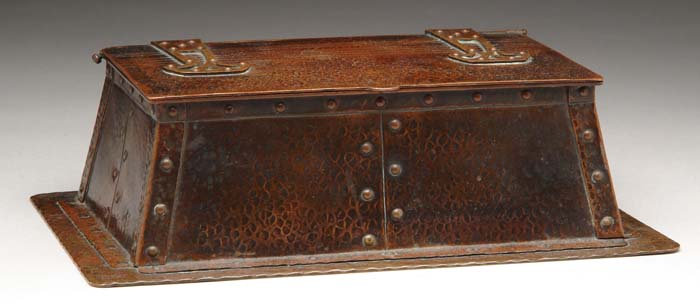
Decorative? No obvious function on any other pictures I found through Google.
Also why were these indentations/ depressions made in the top edges of the drawer sides?
Again, was there a functional side to them or just decorative?
I see the Stickleys gave up on it in later years.




































